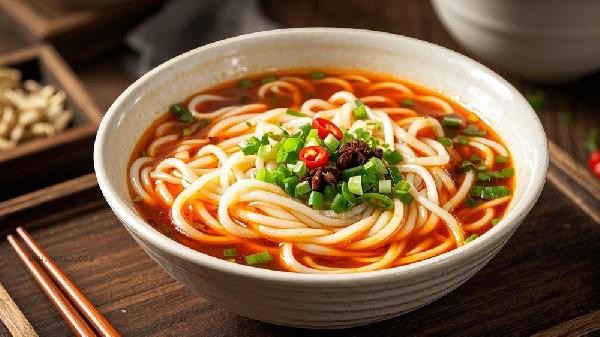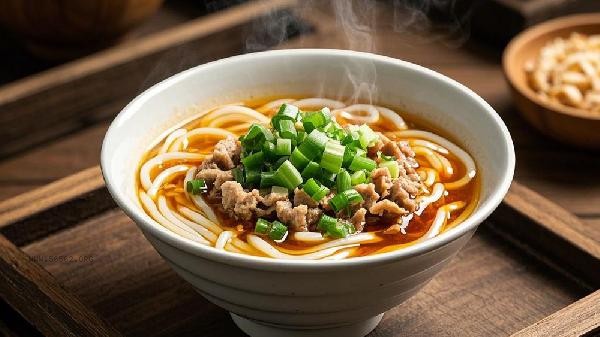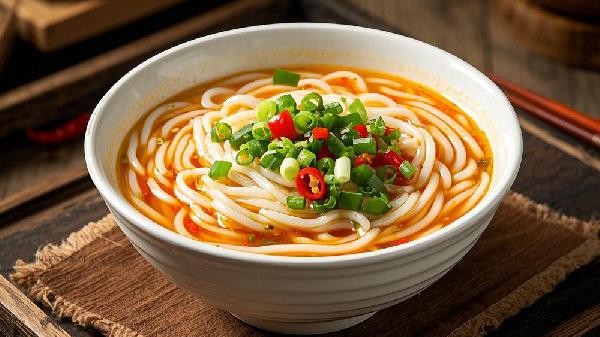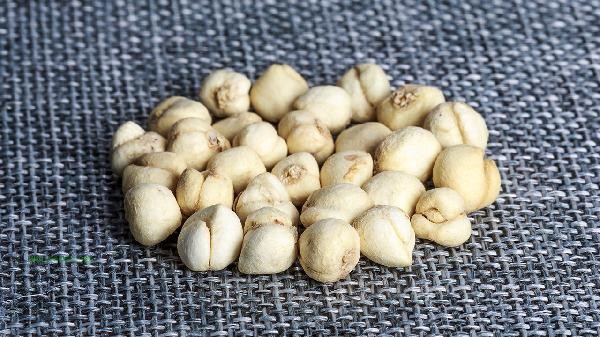The sesame oil in rice noodle shops usually refers to sesame oil, which is made from sesame seeds through roasting, pressing and other processes, and has a unique aroma and nutritional value. Sesame oil can be divided into white sesame oil, black sesame oil, small sesame oil, and other types, commonly used to enhance food flavor and supplement unsaturated fatty acids.

1. White Sesame Oil
White sesame oil has a light yellow color and a light aroma, suitable for cold mixing or low-temperature cooking. It contains abundant vitamin E and linoleic acid, which helps with antioxidant and blood lipid regulation. Some rice noodle shops use white sesame oil as the base seasoning oil, which can enhance the aroma without masking the original flavor of the ingredients.
2. Black Sesame Oil
Black sesame oil has a deep brown color, a rich aroma, and contains more sesamin and anthocyanins. Traditional Chinese medicine believes that black sesame oil has a nourishing effect on the liver and kidneys. Some shops use it as a base for special rice noodle soup, but it is important to note that high temperatures can damage some of the nutritional components.
3. Small sesame oil
uses traditional stone ground sesame oil to preserve the complete sesame aroma and nutrition. The cost of sesame oil produced by this process is relatively high, and it is often used in high-end rice noodle shops or as the final oil to enhance the aroma. Its unsaturated fatty acid content can reach over 80%.

4. Mixed Seasoning Sesame Oil
Some merchants will mix sesame oil with Sichuan pepper oil, chili oil, etc. to form a unique composite sesame oil. This type of sesame oil has a rich variety of flavors, but it should be noted that it may contain food additives. People with allergies should consume it with caution.
V. Identification of inferior sesame oil
False sesame oil mixed with essence exists in the market, which can be identified by observing whether the oil is turbid, smelling the aroma is pungent, and tasting the taste is bitter. High quality sesame oil can form oil droplets when poured into water, while adulterated sesame oil is easily soluble in water.

It is recommended that consumers choose rice noodle shops with transparent kitchens and observe whether the sesame oil is freshly ground and used. It is recommended to cook sesame oil at low temperatures when using it at home. After opening, it should be sealed and refrigerated to avoid oxidation. Although sesame oil is beneficial to health, the daily intake should not exceed 25 grams, and hypertensive patients need to control the dosage even more. If sesame oil is found to have a rancid taste or sediment, it should be immediately stopped from consumption.








Comments (0)
Leave a Comment
No comments yet
Be the first to share your thoughts!